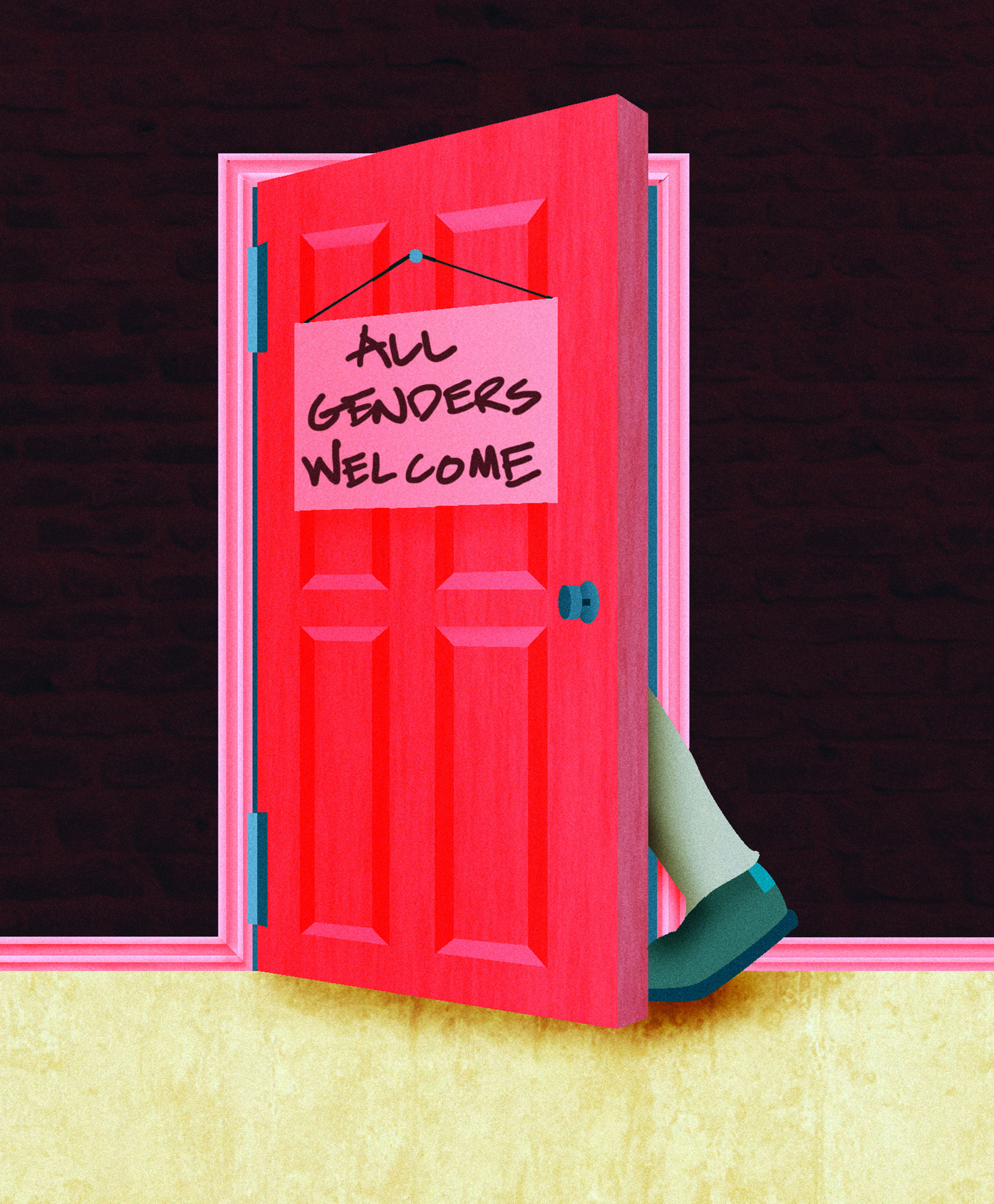As a child who grew up in the 1980s I saw a lot of technologies come and go. I watched the video cassette mature only to be killed by the digital video disc, the compact disc player replace the tape deck (which itself was eventually replaced by the MP3), and the dawn of digital photography. And while I have seen a lot of technologies come of age, nothing could have prepared me for the onslaught of progress which defined the first decade of the 21st century.
What follows are five game-changing technologies of the ‘00s, each of which redefined how people interact with the arts and left the competition twitching uncontrollably, like a zombie whose head has been recently stoved in by a well-placed shotgun blast. And because I hate lists that are in no particular order, this is from my least to most favorite.
5) E-book readers: Hold up your hand if an unnecessarily large proportion of your house is taken up by books. Hold up your hand if you feel faint when you flip over a hard-cover book and see a price more akin to a plane ticket. Hold up your hand if your heart races at the phrase “paperless society.” If you did a lot of hand-raising just now, then you should probably consider investing in an e-book reader.
Why aren’t e-book readers my most favourite? Well, while the books are significantly cheaper than their paper cousins, E-book readers are very expensive and not widely available in Canada. Furthermore the laws surrounding who owns a book on your reader are fuzzy. Google the words “Animal Farm” and “kindle” for an example of the problems this can cause.
4) JPEG: Ask any artist how hard it was to send your portfolio with job applications before the JPEG and you should prepare yourself for a long series of curse words and frustration-inspired rants. Pre-JPEG, an artist had to send their portfolio as a series of specially formatted, and ruinously expensive, slides — yes, like the kind your grandparents used to show you the pictures of their trip to Saskatchewan. Now, thanks to the JPEG, artists can send their entire portfolio in seconds over the Internet’s tubes, saving money, and increasing the number of people exposed to their work at the same time! JPEGS have also revolutionized the way we interact with art, allowing anyone, anywhere to view paintings, sculptures, architecture and photographs from the comfort of their home.
3) Digital camera: Those of you who participated in a “photo club” back in high school might have experience with developing your own photographs. It’s a messy and time-consuming process, full of trial and error, even for seasoned experts. Hell, taking pictures on film is a messy and time consuming process and — worst of all — you have no idea if the pictures you took were any good until you go through the developing process.
Digital photography solved all of these problems but it took a long time to gain acceptance with professionals. Even now some purists claim that a digital image is second-rate when compared to one shot on film. However, like those weirdos who cling to their LP collection, shouting things like “analog sounds better!” they are on the fringe.
The problem? Many professional photographers lament that the inexpensive digital camera, along with post-processing tools like Photoshop, has flooded the market with weekend warriors who show up, snap a bajillion photos, then crop, airbrush and re-master their way to something approaching a professional photograph. This blurs the lines — in the eyes of the public at least — between the professional and the hobbyist.
2) Word processor: Talk to a writer who remembers typewriters and ask them what the editing process was like back then. It was a world of catastrophic typos, liquid paper and literal cutting and pasting. With the maturation and widespread acceptance of the word processor, the life of the writer has been made easier, letting them submit works from anywhere on the globe, make edits on the fly, and upload directly to design programs. But it’s not just professionals who have benefited.
Can you imagine losing marks on an essay for not writing in cursive? I can, and often did. The word processor allowed me to put my ideas on paper, and not have them dismissed thanks to my apparent inability to control my hands. It also let me hide my lack of ability to spell any word containing more than four letters.
1) iPod: Lets be perfectly honest here. Personal compact disc players sucked. They were huge, clunky, skippy and more likely to scratch your CDs than a younger sibling. Tack on the facts that one CD held — at most — 20 short songs, and CD cases were often larger than the players themselves and you can see why the Walkman never really fell out of favour.
Enter the MP3 player, which were at first glorified memory sticks capable of holding a mere hundred or so songs. It wasn’t until Apple added a hard drive, capable of holding several gigabytes of music, that the MP3 player found widespread acceptance. Today, the term “MP3 player” is about as ubiquitous as “facial tissue” in that the name “iPod” has permeated the mindset of the consumer so much that all MP3 players can be realistically called iPods.
Add iTunes — Apple’s software for buying and uploading media to your iPod — to the mix, and you have a, thus far, undefeatable combination of hardware and software, which has truly changed the way we interact with the arts.




